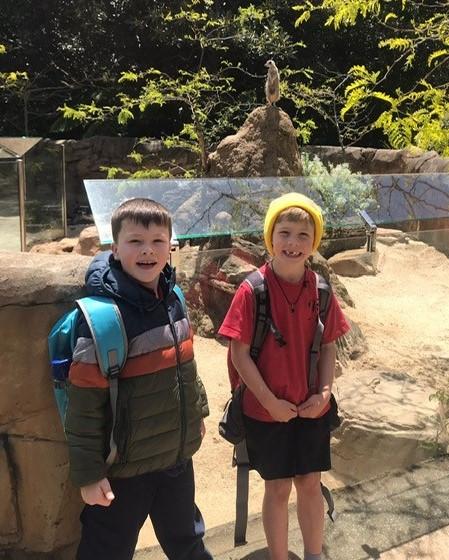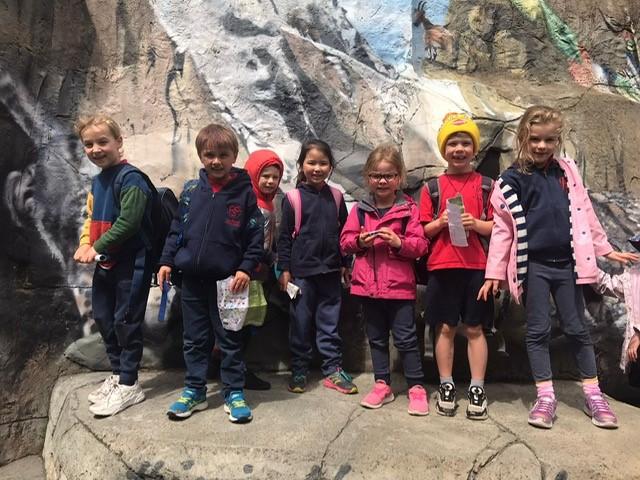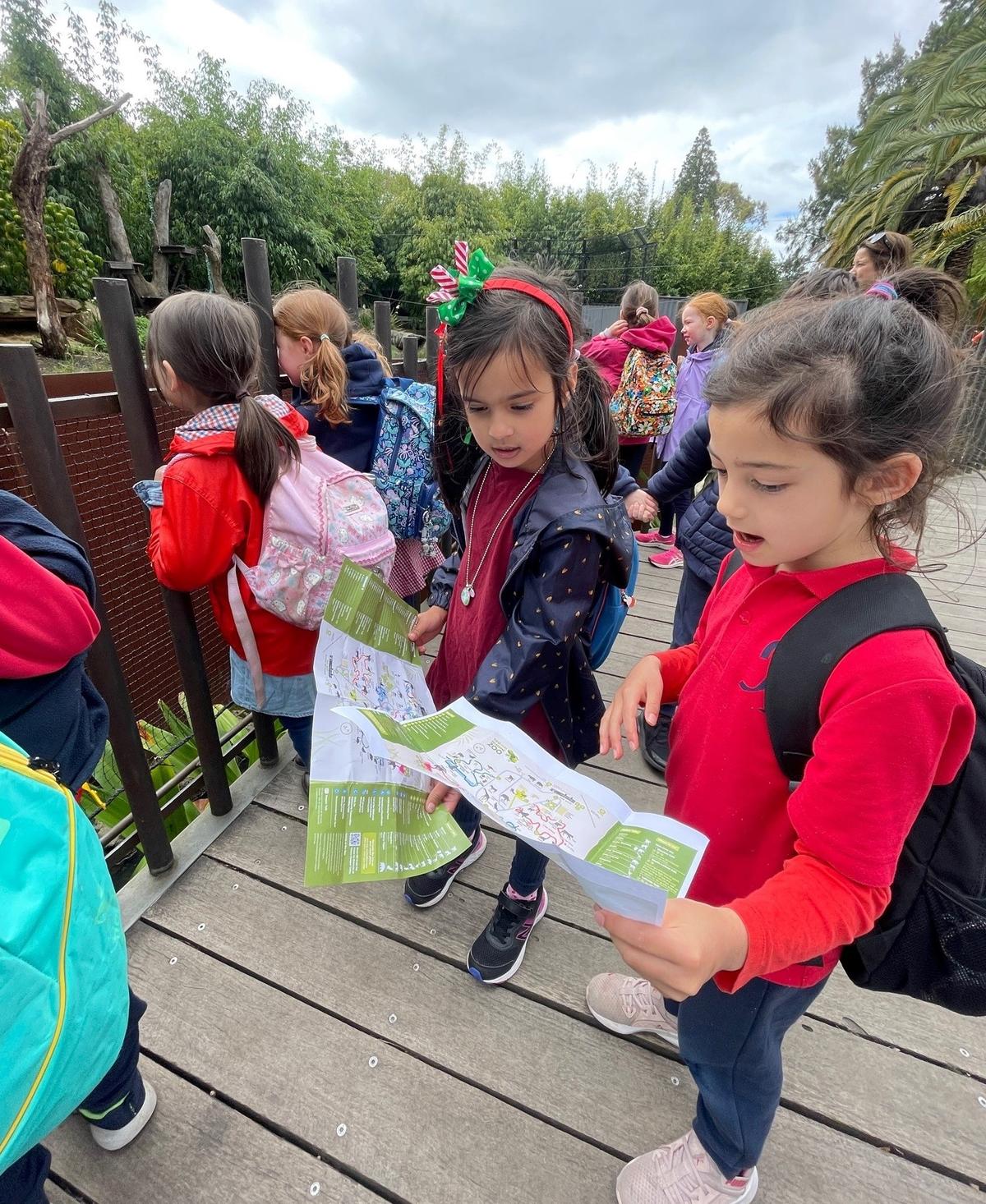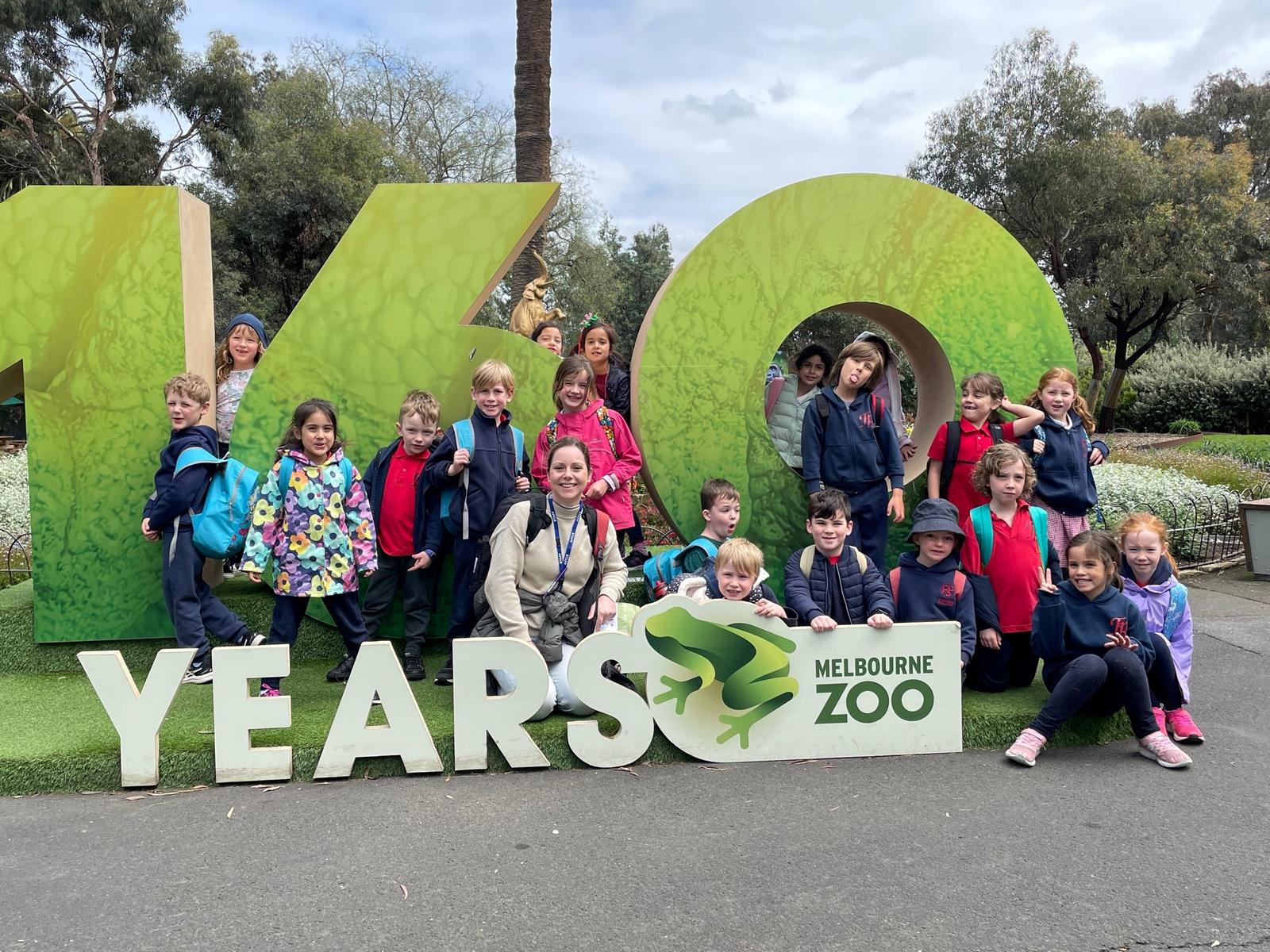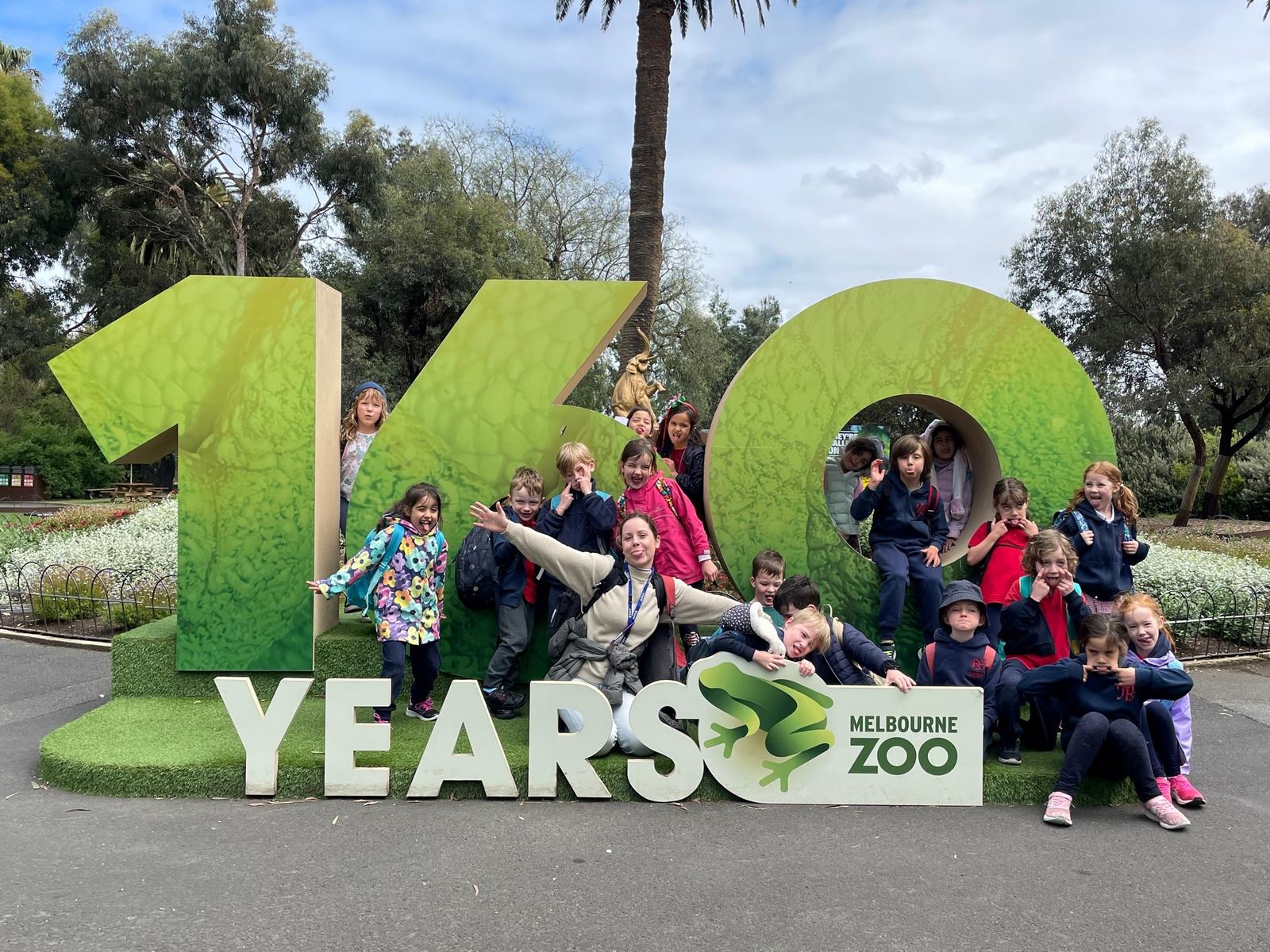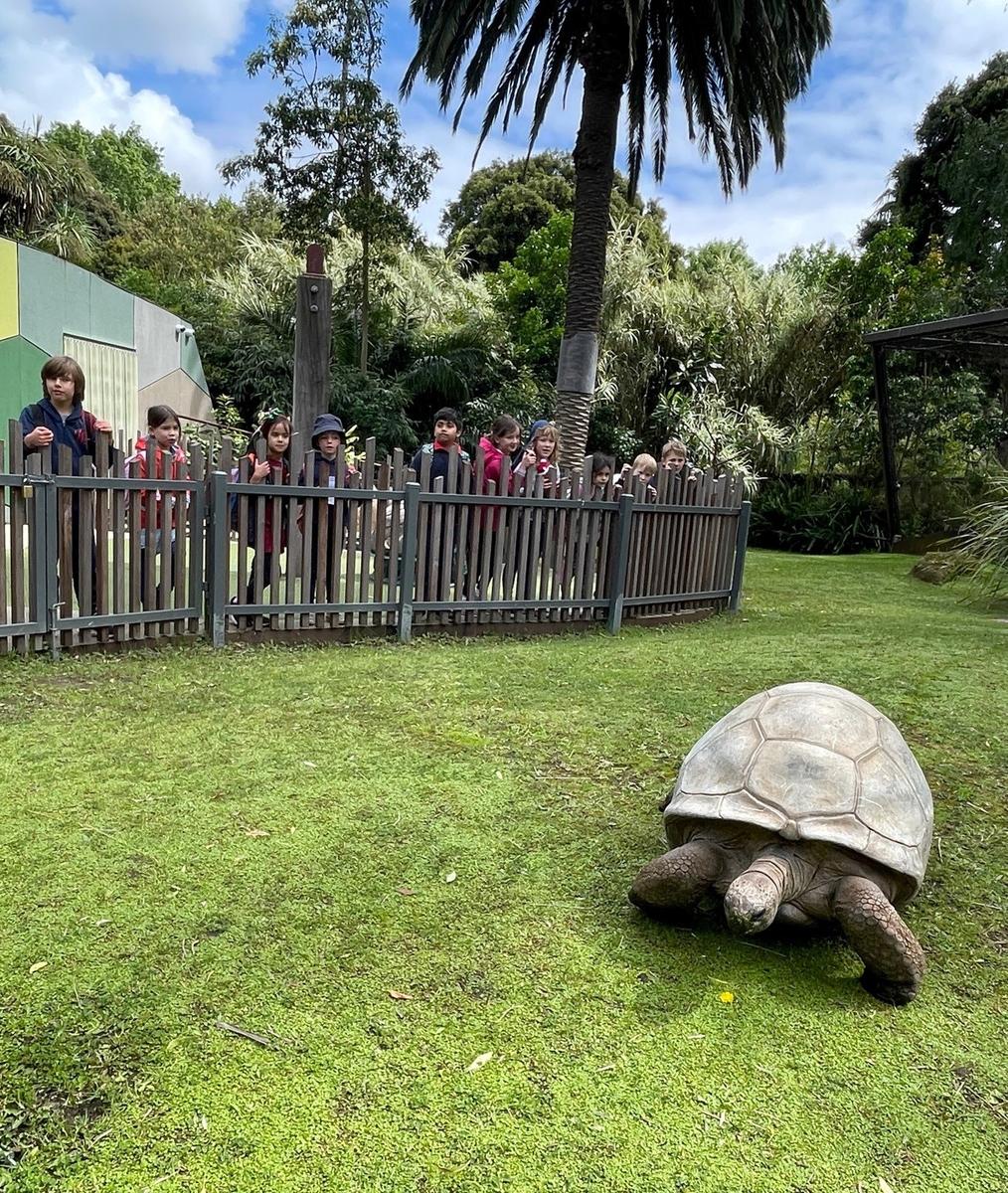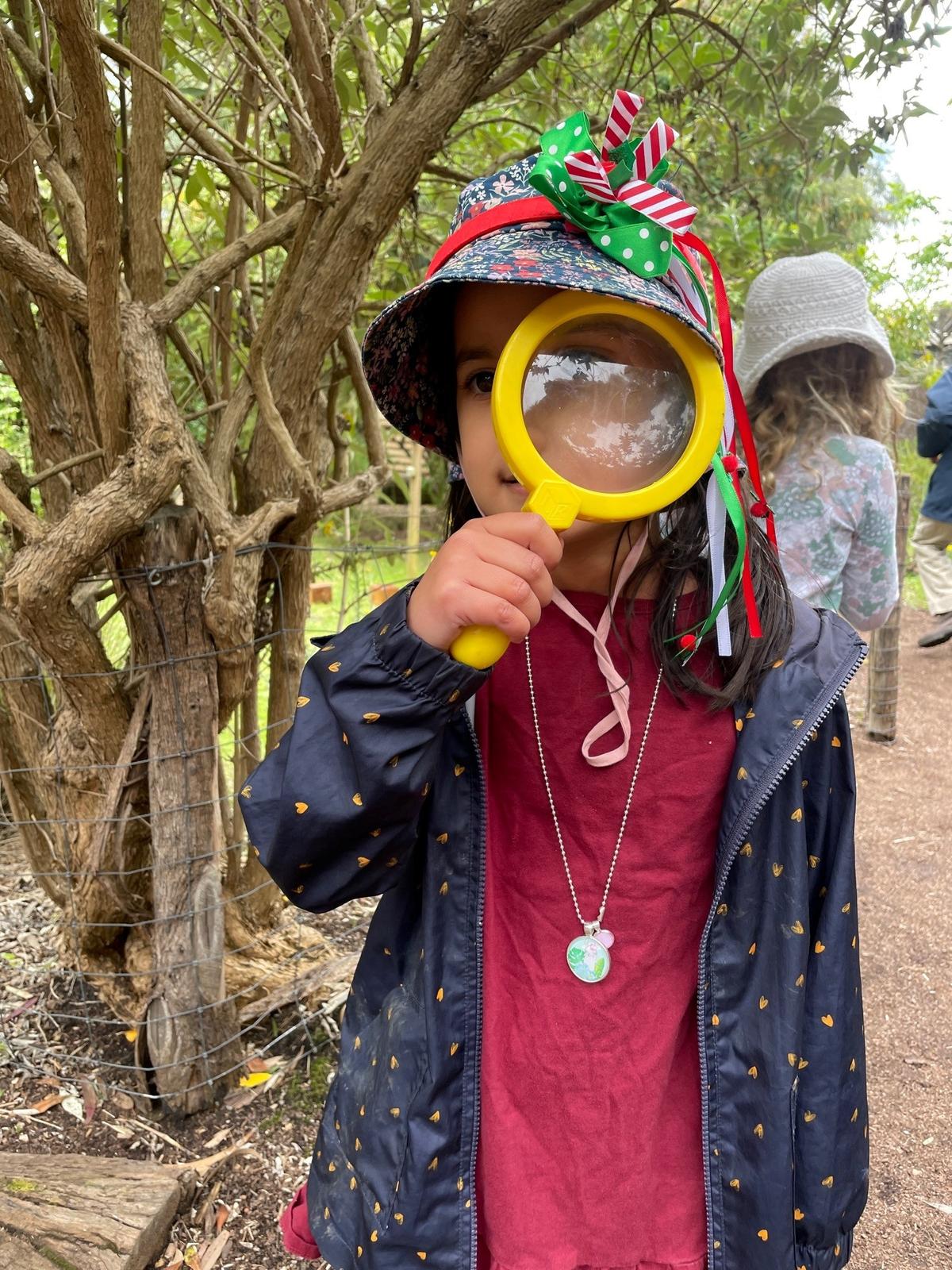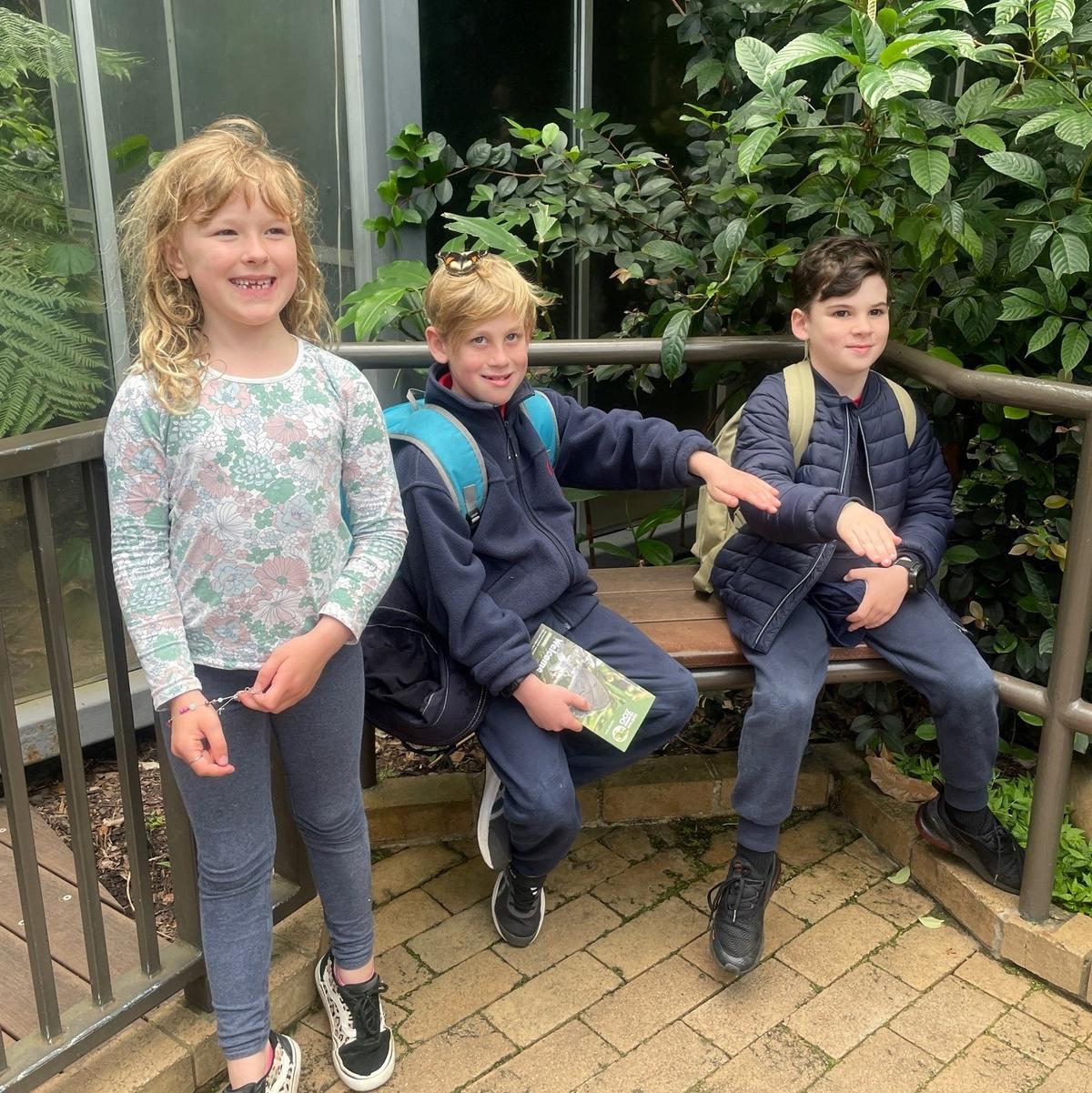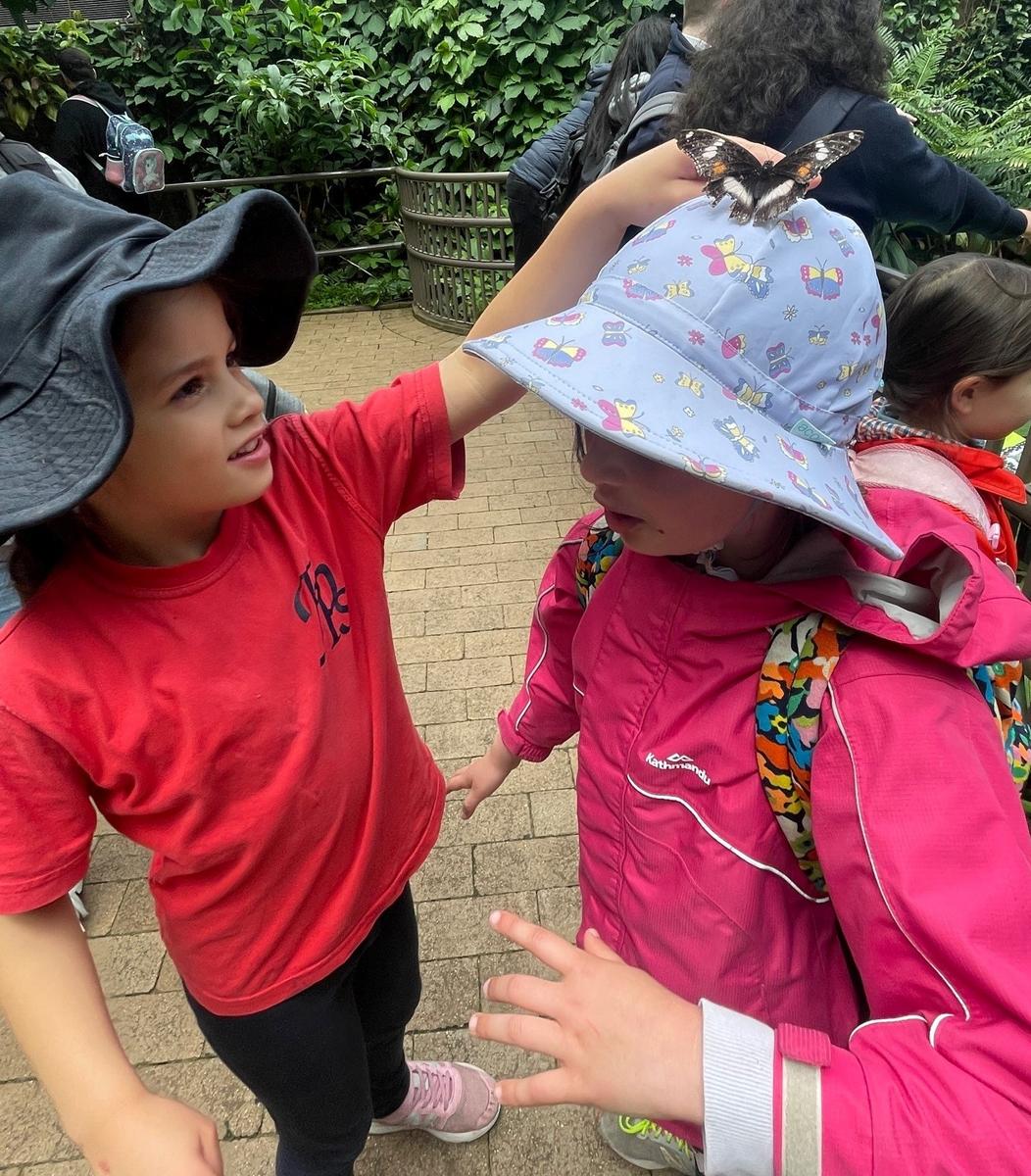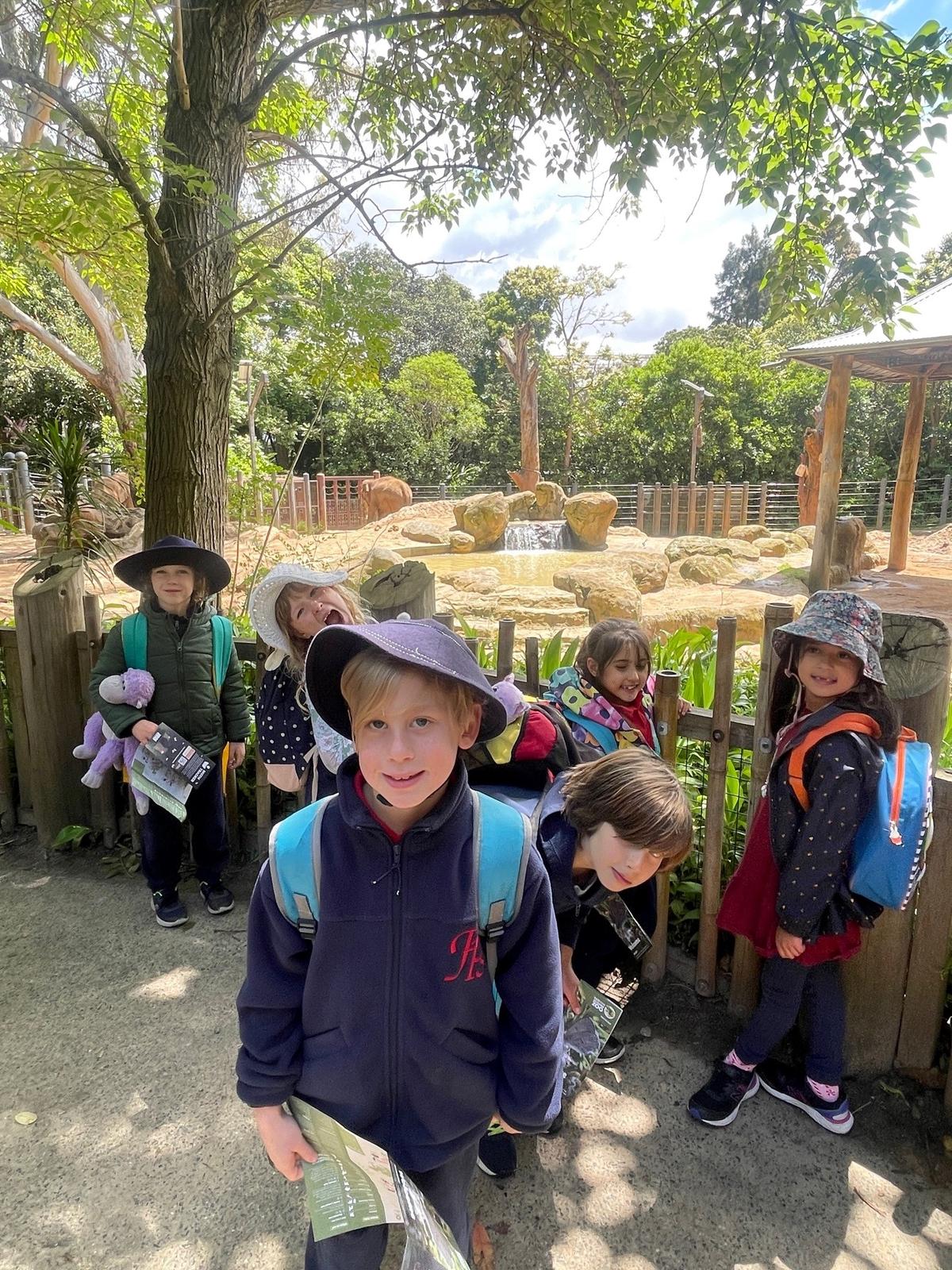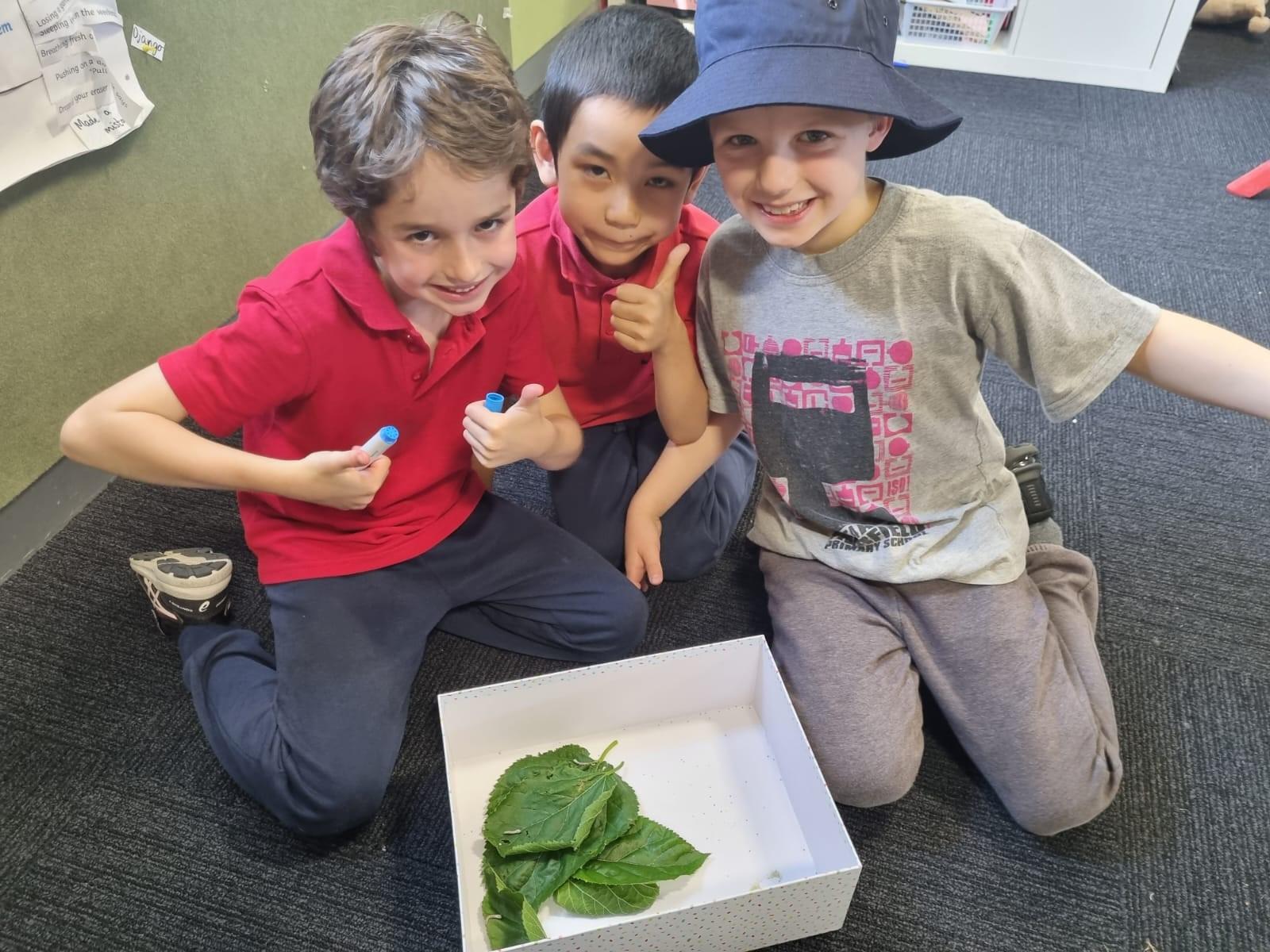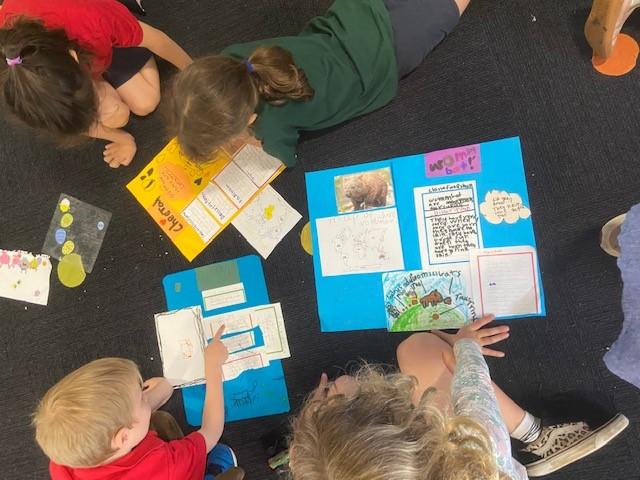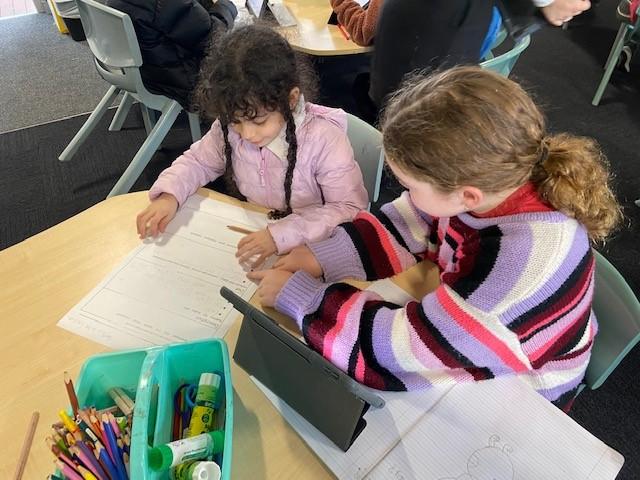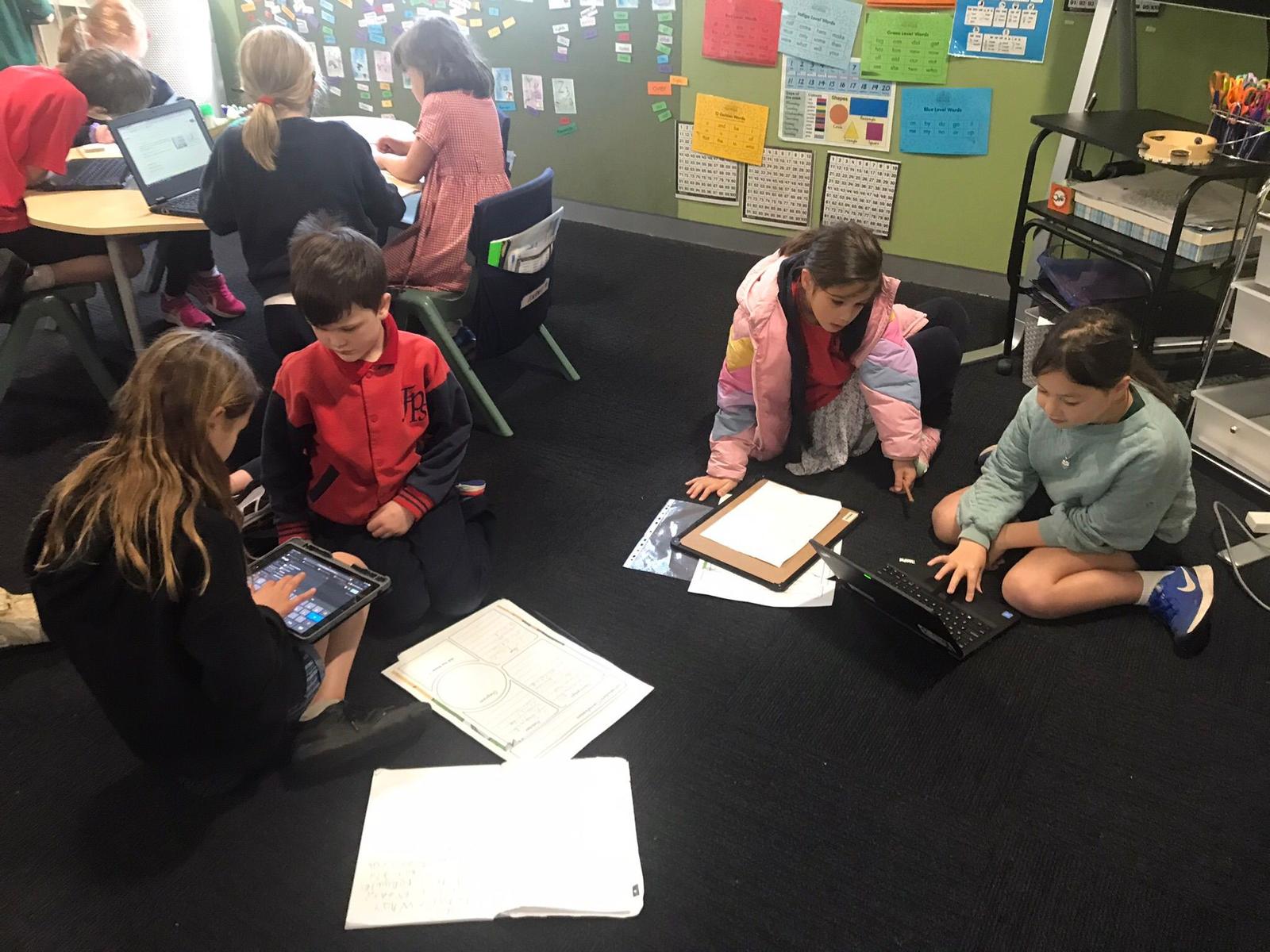Year 1 Spotlight

Melbourne Zoo Excursion
Last Wednesday the yard was buzzing with excitement as the Year 1 students departed on the bus for the Melbourne Zoo. As part of our inquiry unit, we visited the zoo to consolidate our learning about living things and their special features. Our highlights were the lions, elephants, the butterfly enclosure and the hills that we got to roll down at lunch!
We would like to thank the parent volunteers once again for their support throughout the day.
Inquiry
Year 1 students have been thinking about what it means to be a biologist and coming up with theories about how different living things survive. They have been making comparisons between different types of plants and animals and noticing really interesting features. The work that we did on their animal reports has been very helpful for students to build their understandings of animals and their relationships to their habitat and the plants and animals around them.
Students have also enjoyed thinking about lifecycles as we have been observing our class pets: silkworms! The silkworms have hatched and grown considerably since they emerged as hatchlings (thanks to a constant stream of fresh mulberry leaves supplied by enthusiastic students, parents and teachers). While they are currently in their larval stage they will soon be large enough to make cocoons before they eventually emerge as moths.
Writing
We have been busy writing information reports about animals. Firstly, we needed to complete some research and become experts on our chosen animal! We were so lucky to have the help of the Year 3 students to show us how to research, read and record our information. Next, it was time to draft, edit and then publish our reports into a poster or a book.
Our reports include information about our chosen animals’ classification, a description and facts about their habitat and diet. It was very impressive to see adjectives and words like ‘mammal’, ‘herbivore’, ‘camouflage’ throughout students' writing!
Maths
The students have been counting collections to 100 and above by partitioning numbers using place value and knowing the value of each digit in a number. They understand that two-digit numbers are made up of tens and ones and a three-digit number is made up of hundreds, tens and ones.
Students are now revising addition and subtraction. They are using concrete materials, fact families, count on and count back, doubles, near doubles strategies and using number lines to help solve number equations.
~ Year 1 Teachers (Prue, Serena, Brendan, Anne & Emilia) and Students


